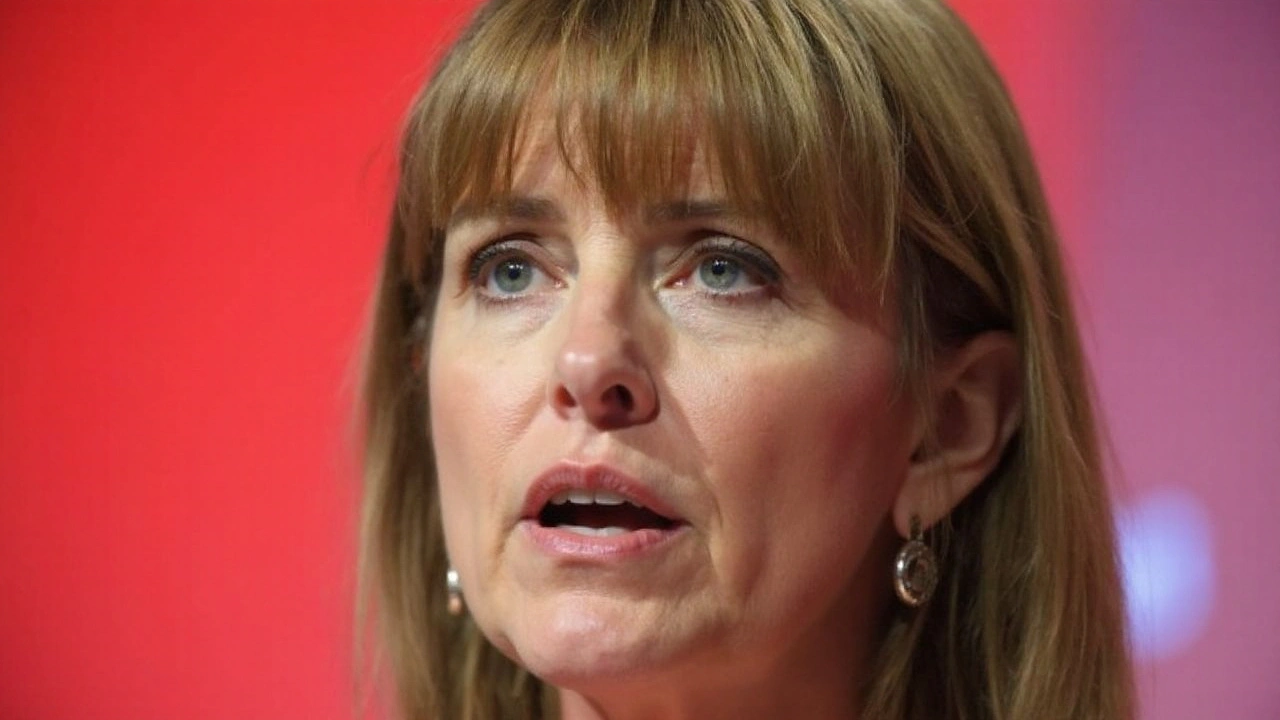What a Deputy Prime Minister Actually Does
If you’ve ever wondered why the news mentions a Deputy Prime Minister, you’re not alone. The title sounds important, but many people don’t know the day‑to‑day job. In the UK, the Deputy Prime Minister (DPM) is a senior cabinet member who steps in when the Prime Minister is unavailable and helps drive the government’s agenda.
Unlike the U.S. vice president, the UK DPM doesn’t have a fixed constitutional role. Instead, their duties depend on what the Prime Minister assigns. That can include heading major policy projects, representing the government abroad, or chairing key committees. Think of the DPM as the Prime Minister’s right‑hand person – ready to take the lead when needed.
Key Responsibilities of the Deputy Prime Minister
1. Acting Prime Minister: When the Prime Minister is ill, traveling, or otherwise occupied, the DPM steps in to chair meetings, answer questions in Parliament, and make quick decisions. This ensures the government keeps moving without a pause.
2. Policy Oversight: The DPM often takes charge of big, cross‑departmental initiatives – for example, a national infrastructure plan or a response to a major crisis. By overseeing multiple departments, the DPM helps keep everything aligned.
3. Public Representation: Media interviews, international summits, and diplomatic visits sometimes fall to the DPM. Having a senior figure who can speak with authority adds weight to the government’s message.
4. Party Management: Inside the ruling party, the DPM can act as a bridge between the Prime Minister and backbench MPs. They may smooth over disagreements or rally support for controversial bills.
How the Deputy Prime Minister Is Chosen
The appointment isn’t automatic. The Prime Minister picks a trusted colleague, usually someone with a strong track record and political weight. It’s a political decision, not a legal one, so the role can be left vacant for years if the Prime Minister decides not to fill it.
Most often, the DPM is a senior figure from a coalition partner or a senior member of the ruling party who needs a promotion to keep the cabinet balanced. For instance, during coalition governments, giving the partner party a DPM slot helps maintain stability.
Once appointed, the DPM receives a salary and a place in the Cabinet Office. Their official duties are written into the Prime Minister’s agenda, not a separate law, so the job can change whenever the Prime Minister reshuffles the team.Because the role is flexible, you’ll see different DPMs focus on different issues. Some might prioritize economic recovery, others may champion Brexit negotiations, climate policy, or health care reform. The exact portfolio reflects the current political climate and the Prime Minister’s priorities.
In practice, the DPM’s influence depends on personality and relationship with the Prime Minister. A DPM who shares the same vision can become a powerful ally, shaping policy from behind the scenes. Conversely, a DPM without a clear mandate might end up with a title but few real duties.
Understanding the Deputy Prime Minister’s job helps you read the news better. When you hear the DPM speaking about a new transport plan, you now know they’re likely steering that project through multiple departments. When they appear in a parliamentary session filling in for the Prime Minister, you get why the government can keep answering questions.
So next time you see the term “Deputy Prime Minister,” remember it’s not a static role. It’s a flexible, senior position that adapts to the needs of the government and the political landscape. Knowing this makes the headline a lot less mysterious and a lot more relevant to everyday politics.
